Uncovering What is Roof Decking: Essentials Every Homeowner Should Know
What is roof decking? Roof decking is the foundational layer of your roof, essential for anchoring shingles and providing structural support. Often made of materials like plywood or OSB, it’s the underpinning that ensures your roof can withstand the elements. In this article, we’ll dive into what is roof decking’s role, materials, installation, and maintenance, equipping you with knowledge to understand and care for this critical component of your home.
Key Takeaways
-
Roof decking, or sheathing, is the structural foundation on which roofing materials are installed, critical for the overall support and integrity of the roof.
-
The longevity of roof decking depends on proper installation, adherence to local building codes, and regular maintenance to prevent damage from environmental factors.
-
Rapid Roofing is a professional contractor offering comprehensive roofing services and specialized assistance with financing and insurance claims for roofing projects.
Demystifying Roof Decking: The Backbone of Your Roof
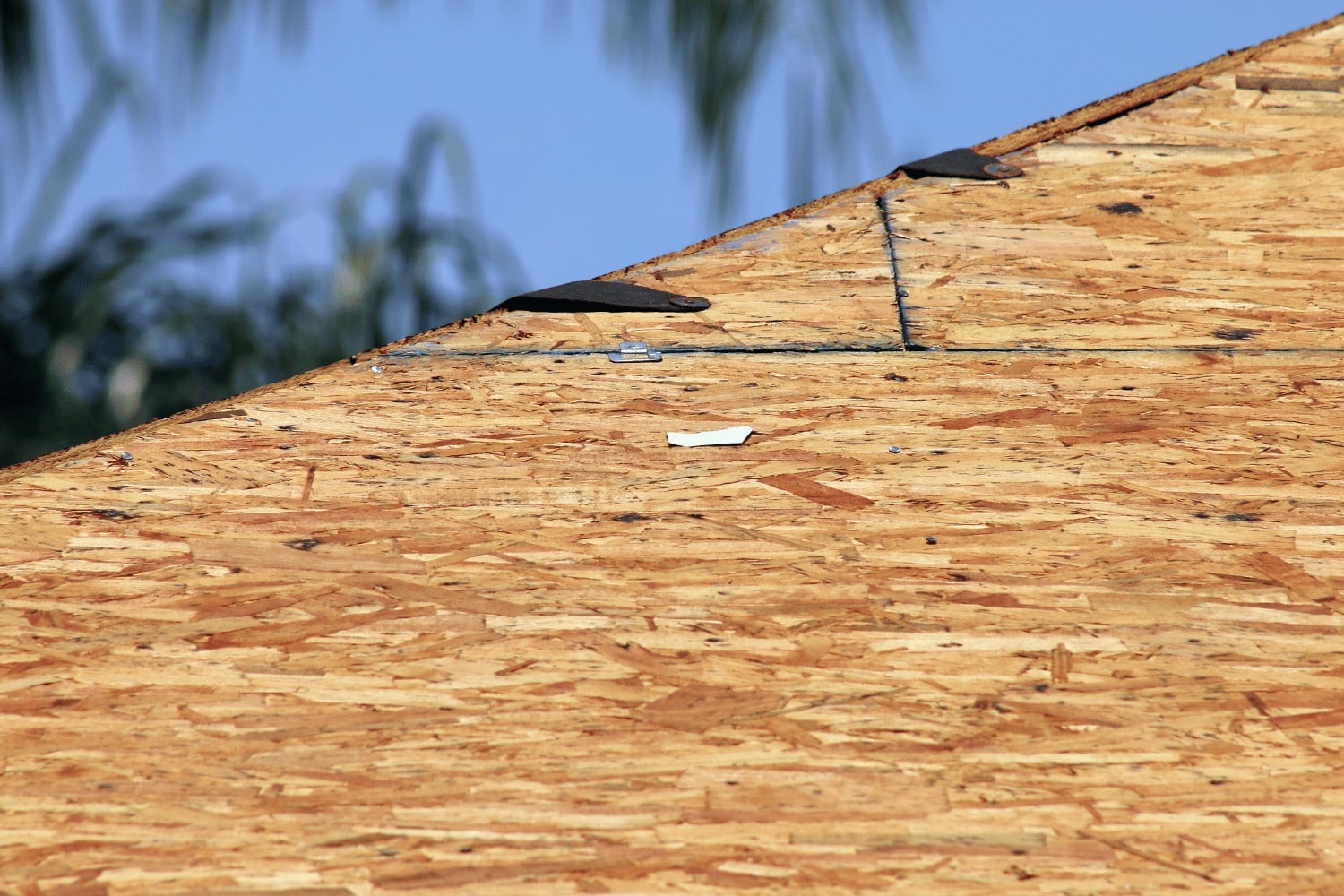
Picture your roof as a knight in shining armor; the roof decking is its sturdy shield, protecting the dwelling within. This structural foundation, also known as the roofing structure, is not just some plywood or chipboard nailed to your rafters. It’s a critical base for all other roofing materials, providing the necessary support so that your shingles, tiles, or metal roofing can be securely installed. Imagine each tile as a warrior in this analogy – without a strong shield, the warriors would falter.
The roof decking plays a vital role in ensuring the entire roofing system stands up to extreme weather, acting as a barrier against potential leaks. Its integrity and durability are the reasons why your home remains a safe haven, come rain, wind, or snow.
Defining Roof Decking
Roof decking, also fondly called roof sheathing, is like the canvas to a painter – it’s the flat layer that connects your home’s roof to its frame. When it comes to roofing material, think of plywood and OSB (oriented strand board) as the main characters in this story, with wood planks playing a supporting role. These materials lay the groundwork where your roofing elements, like shingles, are securely fastened.
It’s not just about providing a surface for attachment; roof decking bears the weight of your entire roofing system and any additional loads such as snow, ensuring your roof doesn’t buckle under pressure.
Types of Materials Used in Roof Decking
Delving into the realm of roof decking material, you’ll encounter the usual suspects: plywood and OSB, the two most popular choices for their durability and cost-effectiveness. Plywood roof decking comes in varying thicknesses like 3/8”, 1/2”, 5/8”, and 3/4”, with CDX plywood often heralded for its strength and moisture resistance. If you’re looking for something a bit more rustic, plank sheathing, made from elongated wooden boards, might be your go-to for that breathable space under wood shingles and shakes.
And for those who venture off the beaten path, there’s concrete sheathing for remarkable support and metal roof decking commonly seen in commercial giants.
Installation and Lifespan of Roof Decking
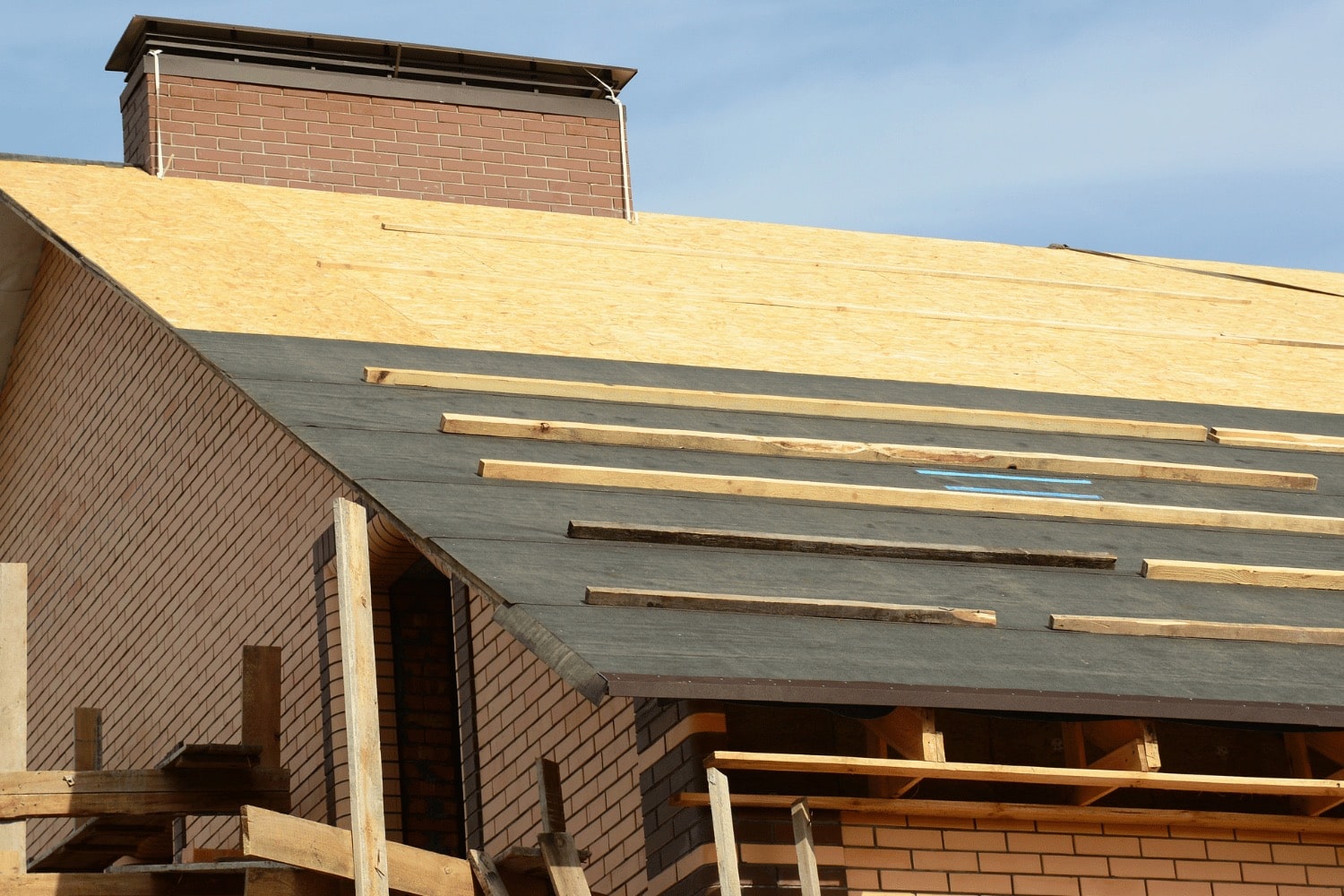
Proper installation of roof decking is like laying the keystone in an arch; it’s what holds everything together. This process involves:
-
Securing the decking across the trusses and joists to create a solid base
-
Supporting underlayment, shingles, and the myriad of other roofing materials
-
Installing with finesse and in adherence to local building codes
-
Using materials like CDX plywood, which can faithfully serve your roof for up to a century.
These codes aren’t just red tape; they’re the guidelines that ensure your roof decking remains steadfast and long-lasting.
Ensuring Proper Installation
When it comes to installing roof decking, crossing your T’s and dotting your I’s according to local building codes is not optional; it’s essential. These codes dictate the very soul of your roof’s design, materials, and construction quality, ensuring that everything from the underlayment to the shingles is up to snuff.
Proper weather protection, like using the right coverings and flashing, is a non-negotiable part of this process, keeping moisture at bay and preserving your abode. And let’s not forget that durability and longevity are inextricably linked to how well the roof decking installation adheres to both local codes and the manufacturer’s instructions.
For those dreaming of solar panels, make sure your roof deck is properly installed and designed to support such weight to avoid warping or splitting. Sealing the deck can also provide an additional line of defense against water intrusion, thus maintaining the roof system’s integrity. In fact, well-designed roof decks can offer even more benefits to homeowners.
It’s instances like these where expert roofing services, such as those provided by Rapid Roofing, are invaluable for ensuring a durable and long-lasting roof.
Factors Influencing Roof Decking Longevity
The longevity of your osb roof decking is influenced by a myriad of factors, including the choice of material. OSB, for instance, is a darling in the roofing industry for its durability and wallet-friendly price tag. However, even the most steadfast materials are not immune to the ravages of mother nature. High winds, heavy snow, and the relentless UV rays can take a toll on decking and accelerate the wear on roofing shingles. If you spot a granular wear pattern on your shingles, it might be a red flag for underlying deck damage.
Regular roof maintenance and inspections are your best bet to nip numerous issues in the bud and extend the life of your roof decking. And if you notice excessive warping, it’s a sign that your decking, due to interior moisture or heavy installations, may need a replacement. Remember, rotted roof decking with integrity issues can’t hold shingle nails well, which ups the ante for leaks and structural damage.
Recognizing Symptoms of Roof Decking Damage
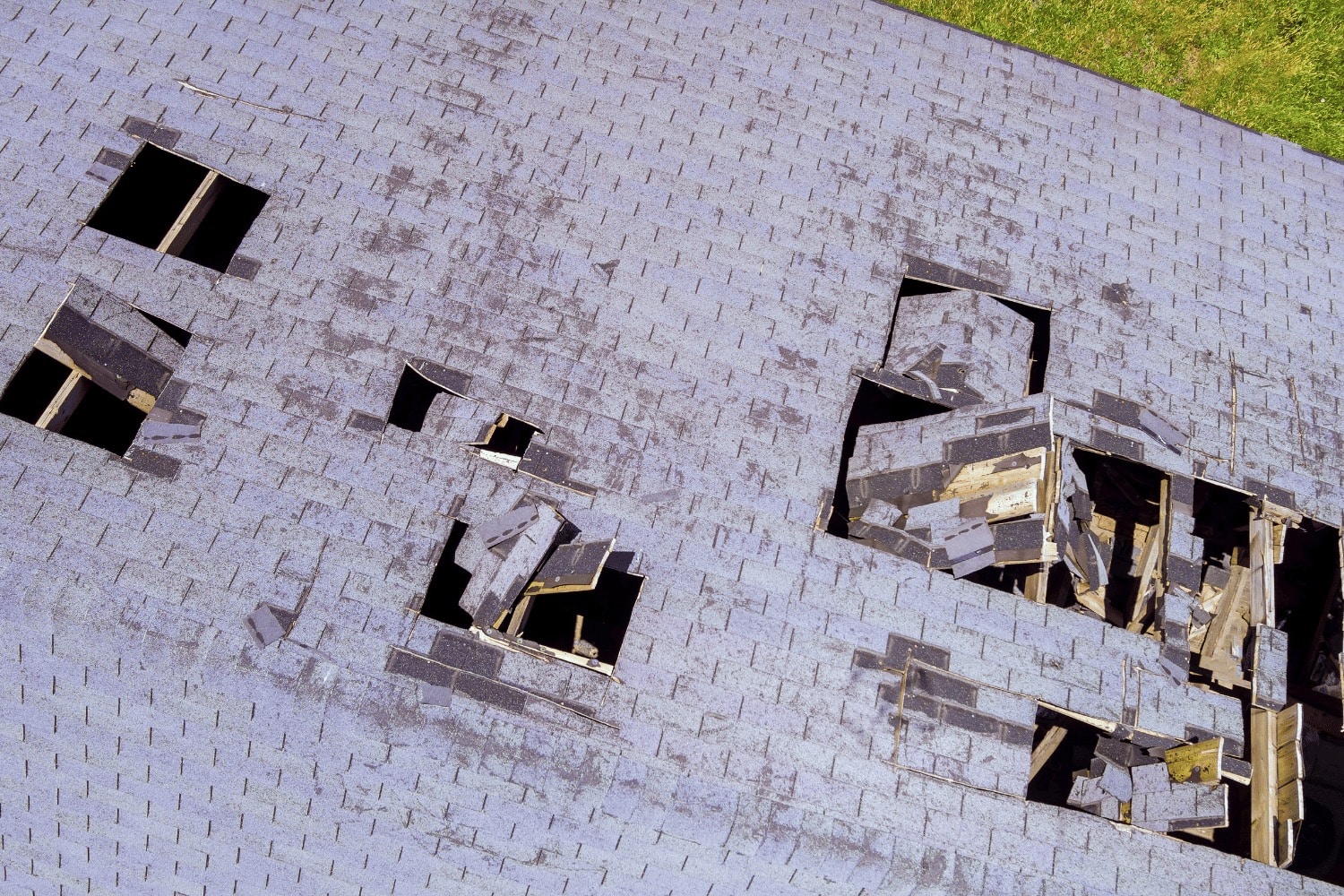
Spotting the signs of roof decking damage early on is akin to catching a cold before it turns into pneumonia. Visible water stains on interior walls or rafters, a sagging roofline, and curling or buckling shingles are like flashing neon signs, warning you of trouble. It’s these little indicators, such as water stains and a drooping silhouette, that signal the need for a roofing check-up to stave off further structural woes.
And let’s not overlook the red flags around roof fixtures like skylights – they could point to areas where replacement is due to deterioration. If you find holes in the roof, mold in the attic, or missing shingles, consider it an urgent call to action. Ignoring these signs can cascade into severe structural issues and a hefty price tag.
When Damage Means Replacement
There comes a time when patching up won’t do, and roof decking must be replaced to maintain the home’s integrity. If the damage is playing favorites and only showing in certain areas, a partial replacement might be the way to go.
However, if the damage is more democratic and widespread, or if the original installation was more of a rogue operation than a code-compliant job, a full deck replacement might be in your cards.
Cost Implications of Replacing Roof Decking
The cost of replacing roof decking, or the roof decking cost, is influenced by several factors, including:
-
Wood prices
-
Labor costs
-
Thickness requirements
-
Local building codes
These factors can vary, so the cost of replacing roof decking is not a one-size-fits-all scenario.
Choosing plank decking over sheet sheathing can be like opting for a luxury car over a compact – it can cost about three times more per square foot.
Enhancing Roof Performance: Maintenance Tips
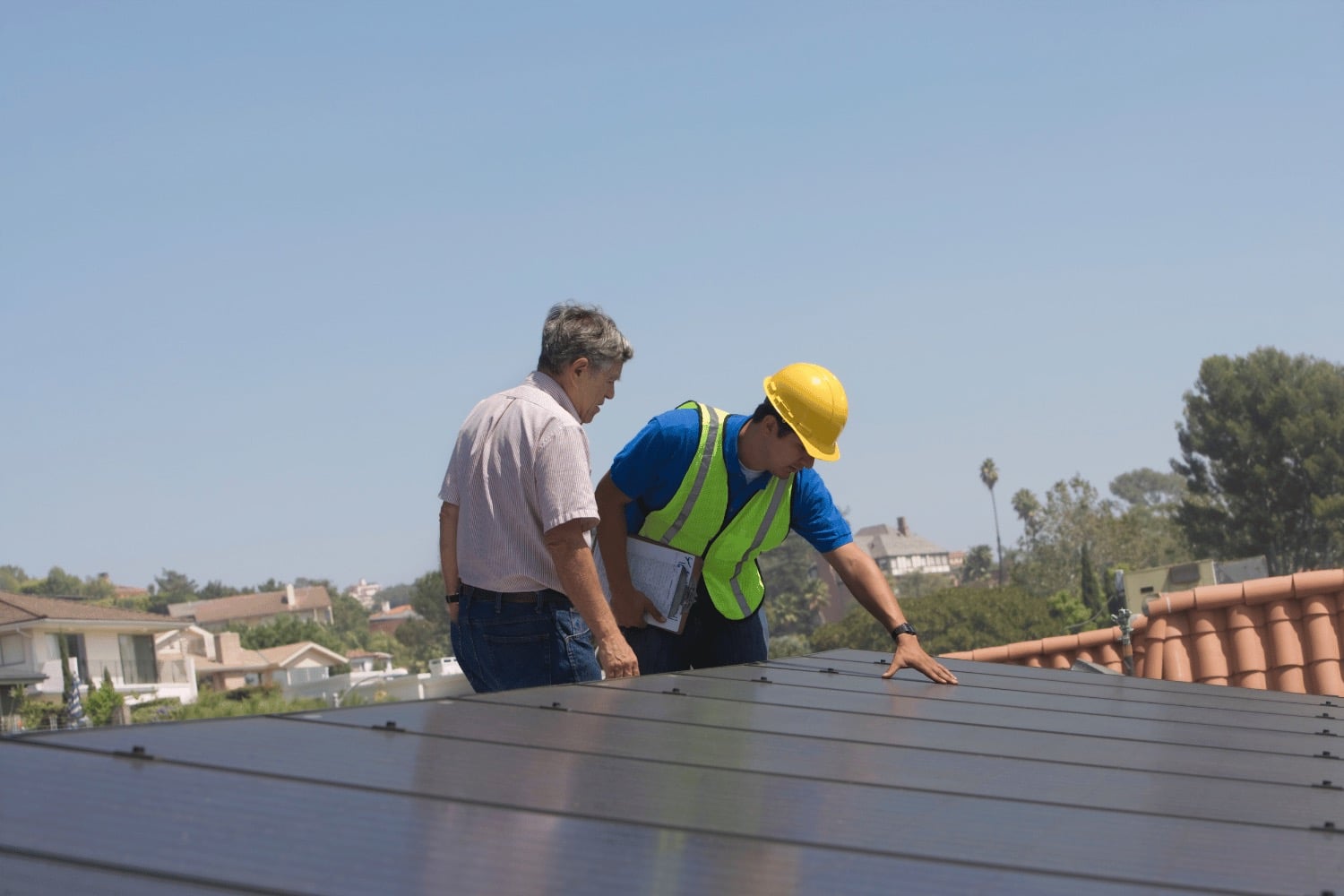
Maintaining a roof is much like tending to a garden; regular care ensures it blossoms into its full potential. Periodic roof inspections are not just a good-to-have; they’re a must-have, significantly reducing the risk of unexpected and expensive damage to the roofing system.
It’s wise to schedule these professional check-ups at least twice a year, preferably during the gentle embrace of spring and fall, to spot any issues before they’re exacerbated by extreme weather. Keeping an eye on shingles for damage or signs of wear, including streaking or cracking, is integral to maintaining the roof’s overall condition and, by extension, your peace of mind.
Importance of Regular Inspections
The importance of professional inspections cannot be overstated, especially after significant storms or when suspicions of leaks arise. These evaluations are necessary for gauging the current state and integrity of the decking, with certain features like skylights, vent pipes, and chimneys often serving as canaries in the coal mine for potential damage.
Preventative Measures to Protect Roof Decking
Preventative measures are your roof decking’s best friend, shielding it from the brunt of damage. Regular maintenance and inspections are foundational, as is keeping gutters clear to sidestep the water woes often resulting from old shingles or clogged gutters.
Improved attic ventilation comes highly recommended to prevent the warping of your roof decking over time due to interior moisture. For those living where the winds howl and the rain beats down, beefing up the roof frame components, anchoring roof overhang supports, and ensuring proper roof-to-wall connections are smart moves.
To bolster water leakage prevention and wind resistance, don’t skimp on installing proper flashing, a drip edge, and retrofitting soffits.
Rapid Roofing: Your Partner for Roof Decking Solutions
Enter Rapid Roofing, your knight in shining armor for all things roofing. As a professional roofing contractor, they cater to both cozy cottages and sprawling businesses in South East Michigan and Northwest Ohio, offering bespoke solutions for every type of neighborhood. With their vast expertise as a roofing contractor in roof decking, they ensure top-notch service for all your roofing needs.
Whether you’re in need of classic asphalt shingles or a robust TPO system, Rapid Roofing’s portfolio showcases a breadth of work that speaks to their quality and scope. And with six locations between Michigan and Ohio, they’re never too far to lend their skilled hand to your roofing needs.
Comprehensive Roofing Services
But Rapid Roofing’s expertise doesn’t end with shingles and sheets. They offer a comprehensive suite of home services that include gutters, siding, skylights, and roofing components, enhancing both the functionality and aesthetic appeal of your home beyond the roof. Their attention to detail and commitment to high-quality workmanship ensure that every square foot of your project is handled with care, whether it’s a repair or a full-blown roof replacement.
Financing and Insurance Assistance
Navigating the financial aspect of roofing can be as daunting as walking a tightrope, but with Rapid Roofing, you’re never alone on that wire. They offer flexible financing programs that make even the most extensive roof replacements financially manageable.
Their storm damage assessments are thorough, guiding homeowners through the intricacies of their insurance policies for a smooth claims process. With specialized software for accurate insurance-related repair pricing, they demystify potential out-of-pocket costs, so you’re never caught off guard.
Summary
As we wrap up our rooftop revelations, remember that a well-constructed and maintained roof decking is the linchpin of your home’s defense system. From selecting the right materials to recognizing when it’s time for a replacement, your new-found knowledge arms you with the power to safeguard your sanctuary. And with partners like Rapid Roofing at your side, you’re well-equipped to tackle any roofing challenge, ensuring your home remains the fortress it was meant to be.
Frequently Asked Questions
What are the signs that my roof decking needs replacing?
If you notice water stains, a sagging roofline, curling shingles, or visible cracks, these are signs that your roof decking may need to be replaced. It’s important to address these issues promptly to prevent further damage.
How often should I have my roof inspected?
You should have your roof inspected twice a year, in the spring and fall, and after major storms to identify and address any problems early on.
What preventative measures can I take to protect my roof decking?
To protect your roof decking, make sure to regularly maintain it by cleaning gutters, ensuring proper attic ventilation, and installing quality flashing and a drip edge to prevent water infiltration. Regular maintenance is key!
Can Rapid Roofing help with my unique neighborhood roofing needs?
Yes, Rapid Roofing can help with your unique neighborhood roofing needs by providing tailored services based on the specific requirements of each community.
What should I do if I suspect storm damage to my roof?
You should contact a professional roofing contractor like Rapid Roofing to assess the damage and help with insurance claims for proper repairs. It’s important to act quickly to prevent further damage.
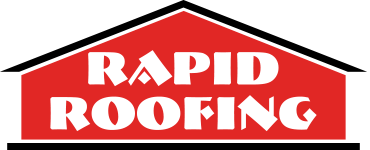
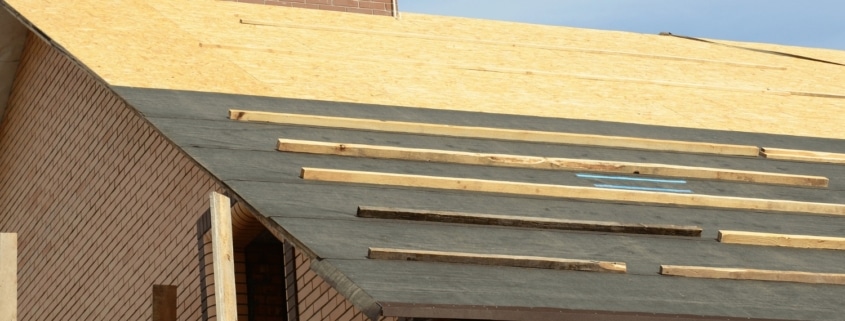



 Residential Roofing
Residential Roofing Storm Damage
Storm Damage Multi-Family Homes
Multi-Family Homes
